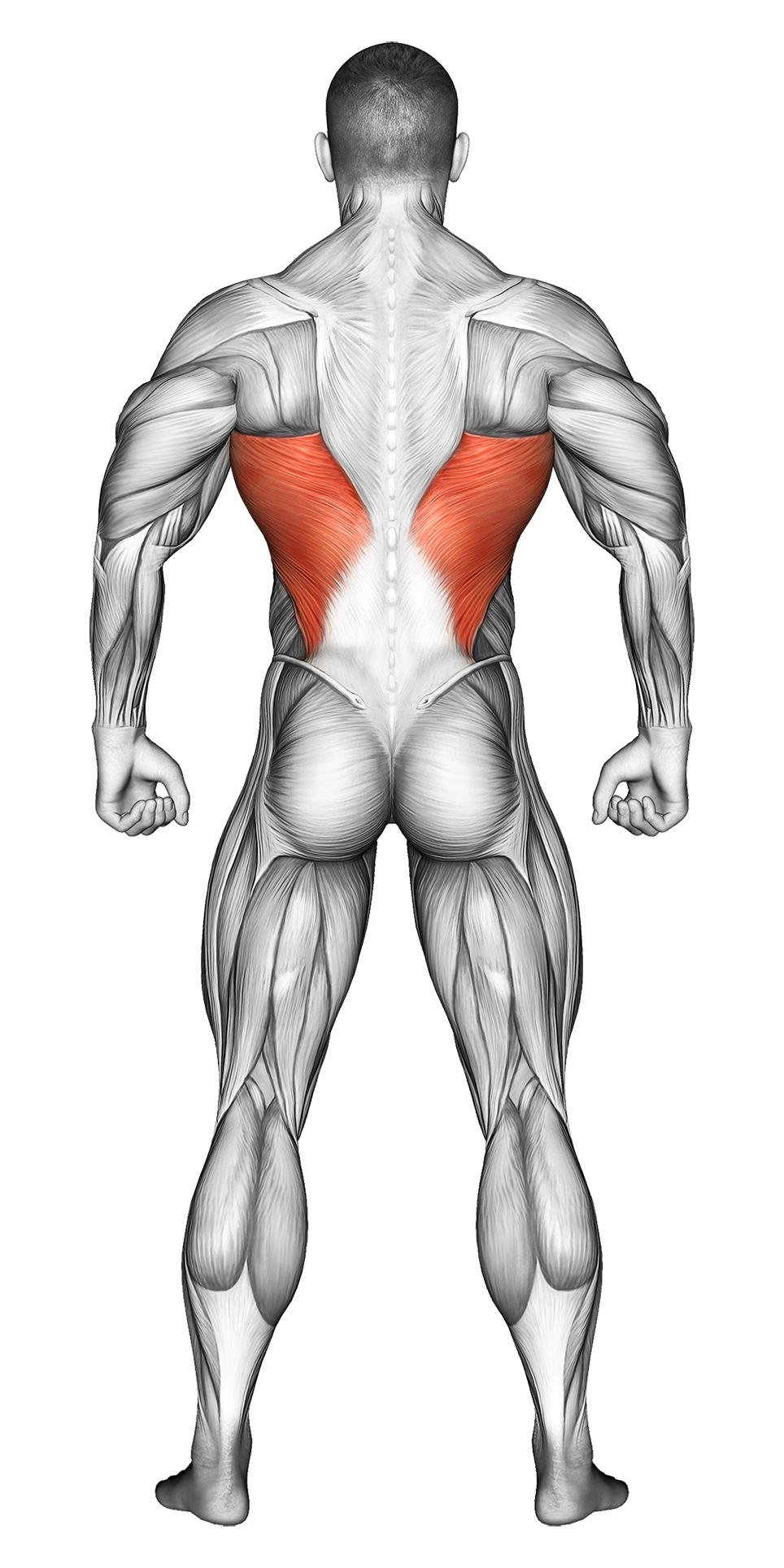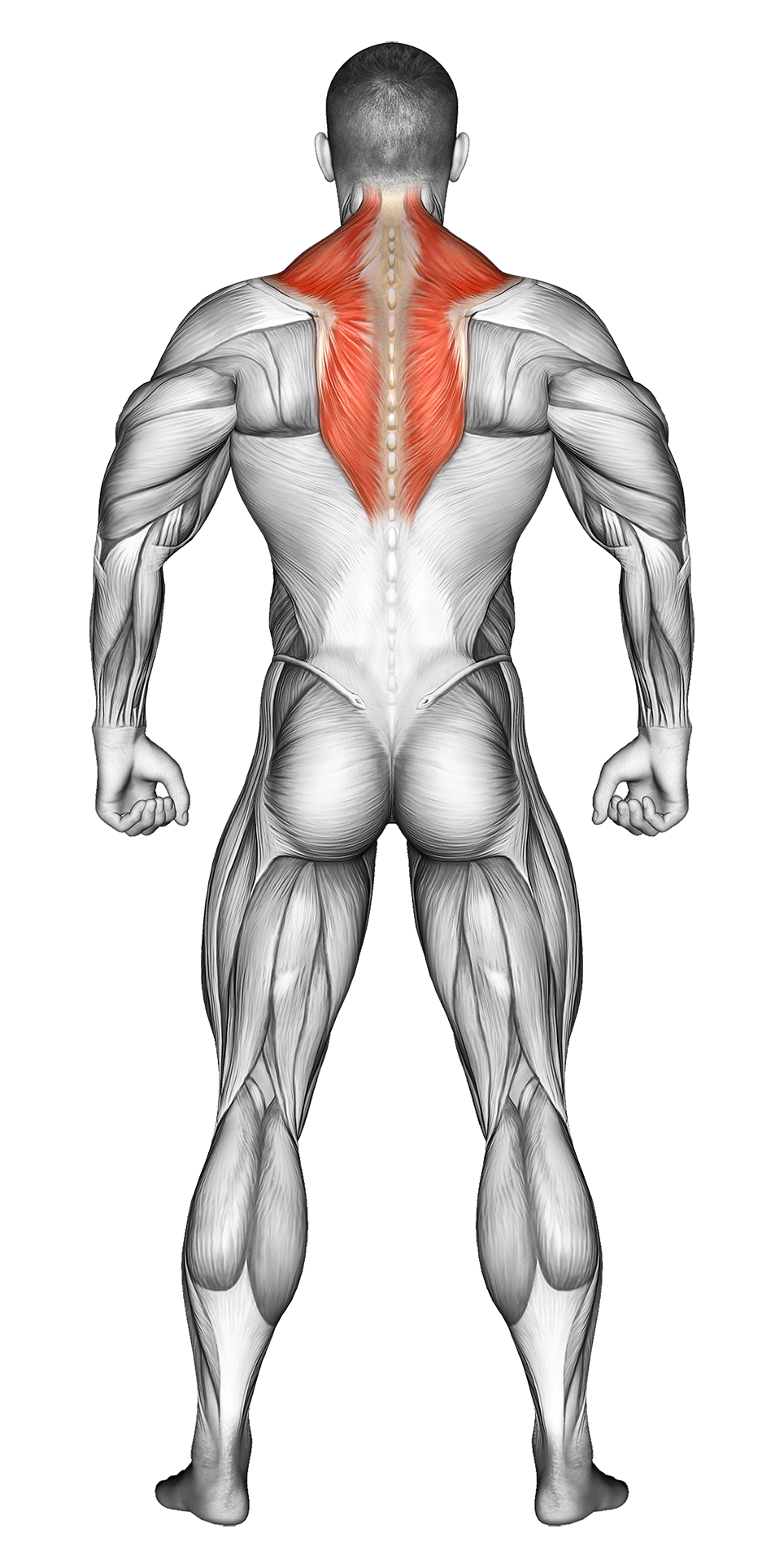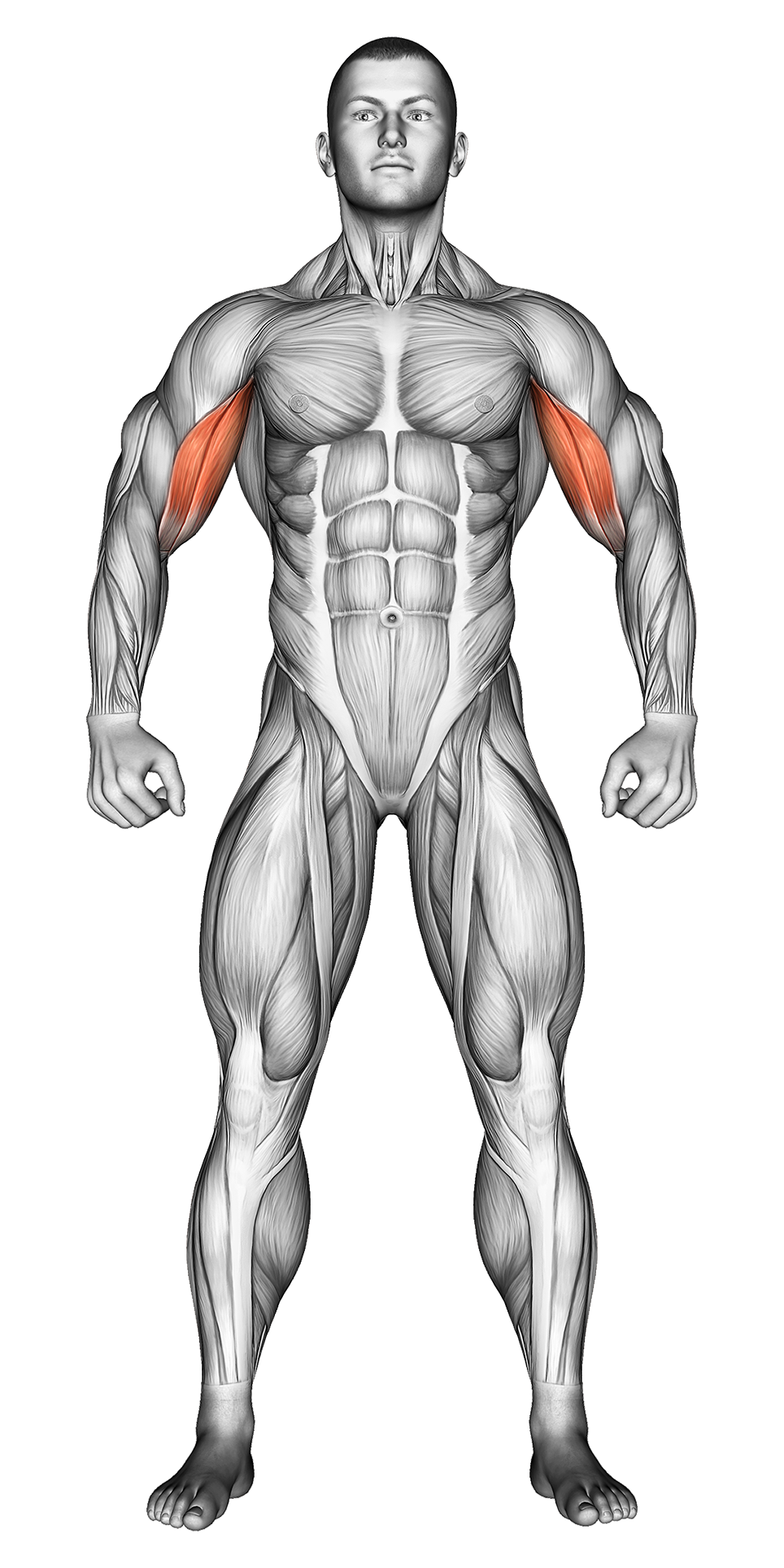Bent Over Dumbbell Underhand Row: Video Tutorial & Exercise Guide
| Workout | Bent Over Dumbbell Underhand Row |
| Primary Muscle Group | Lats |
| Secondary Muscle Group | Traps, Biceps |
| Equipment Required | Dumbbell |
| Force Type | Pull |
| Mechanics | Compound |
| Exercise Type | Strength |
| Difficulty | Intermediate |
Bent Over Dumbbell Underhand Row: Video Tutorial & Exercise Guide
Muscle Groups
- Primary Muscle Group- Secondary Muscle Group
Bent Over Dumbbell Underhand Row - Step-by-Step Guide
Bent Over Dumbbell Underhand Row Overview
Benefits of Bent Over Dumbbell Underhand Row
Bent Over Dumbbell Underhand Row Pro Tips & Advanced Techniques
Progression Plan for Bent Over Dumbbell Underhand Row
Frequently Asked Questions (FAQs) Of Bent Over Dumbbell Underhand Row
How to do the Bent Over Dumbbell Underhand Row – Step-by-Step Guide
- Step 1: Stand with your feet shoulder-width apart, holding a dumbbell in each hand with an underhand grip (palms facing up). Keep your arms fully extended down by your sides.
- Step 2: Bend your knees slightly and hinge forward at the hips, keeping your back straight and your chest up. Your torso should be almost parallel to the floor, and the dumbbells should hang directly below your shoulders.
- Step 3: Pull the dumbbells toward your lower ribcage by bending at the elbows and squeezing your shoulder blades together. Keep your elbows close to your body as you row the weights up.
- Step 4: Pause at the top of the movement to feel the contraction in your back muscles, then slowly lower the dumbbells back to the starting position in a controlled manner.
- Step 5: Repeat for the desired number of reps, maintaining a steady pace and controlled movement throughout.
Bent Over Dumbbell Underhand Row Overview
The Bent Over Dumbbell Underhand Row is a highly effective exercise that targets the upper and middle back, specifically the lats, rhomboids, and traps. Using an underhand grip helps to engage the biceps more than a traditional overhand row, making this variation ideal for building both back and arm strength.
This exercise is suitable for all fitness levels and can be incorporated into any back or upper body workout. The bent-over position engages the core and stabilizing muscles, improving posture and overall upper body strength.
Benefits of Bent Over Dumbbell Underhand Rows
Bent Over Dumbbell Underhand Rows are great for building a strong, defined back while also engaging the biceps. The underhand grip shifts more focus to the lower lats, helping to develop a fuller, thicker back.
This exercise also promotes better posture by strengthening the muscles responsible for pulling your shoulders back and stabilizing your spine. The bent-over position requires core engagement, making this a functional movement for both strength and stability.
Bent Over Dumbbell Underhand Row Pro Tips & Advanced Techniques
Keep your back flat and core tight throughout the exercise to prevent lower back strain. Avoid jerking the weights up or using momentum; instead, focus on slow, controlled movements to maximize muscle engagement. For an added challenge, try pausing at the top of the movement for 1-2 seconds to further activate the back muscles, or perform the exercise with a single dumbbell to isolate each side individually.
Progression Plan for Bent Over Dumbbell Underhand Rows
| Level | Sets | Reps | Weight Progression |
|---|---|---|---|
| Beginner | 2-3 | 8-10 | Start with light dumbbells and focus on form, keeping your back flat and engaging your lats as you pull. |
| Intermediate | 3-4 | 10-12 | Increase the weight slightly while maintaining a controlled motion. Focus on squeezing your shoulder blades at the top of each rep. |
| Advanced | 4-5 | 12-15 | Use heavier weights and incorporate advanced techniques such as slow negatives or single-arm rows for added intensity. |
Frequently Asked Questions (FAQs) of Bent Over Dumbbell Underhand Row
What muscles do Bent Over Dumbbell Underhand Rows target?
This exercise primarily targets the latissimus dorsi, rhomboids, traps, and biceps. It also engages the core to maintain stability in the bent-over position.
Is the Bent Over Dumbbell Underhand Row suitable for beginners?
Yes, this exercise is beginner-friendly as long as light weights are used and proper form is maintained. Focus on mastering the movement before increasing the weight.
How often should I include Bent Over Dumbbell Underhand Rows in my routine?
Incorporate this exercise into your back workout 1-2 times per week. Allow adequate recovery time between sessions to avoid overtraining your back muscles.
What common mistakes should I avoid?
Avoid rounding your back or using momentum to lift the weights. Keep your core engaged, your back flat, and focus on pulling with your back muscles rather than your arms.
Can I perform this exercise with other equipment?
Yes, you can perform Bent Over Underhand Rows with a barbell or resistance bands for variation. The underhand grip can be used with different equipment to target the same muscles.
Share


